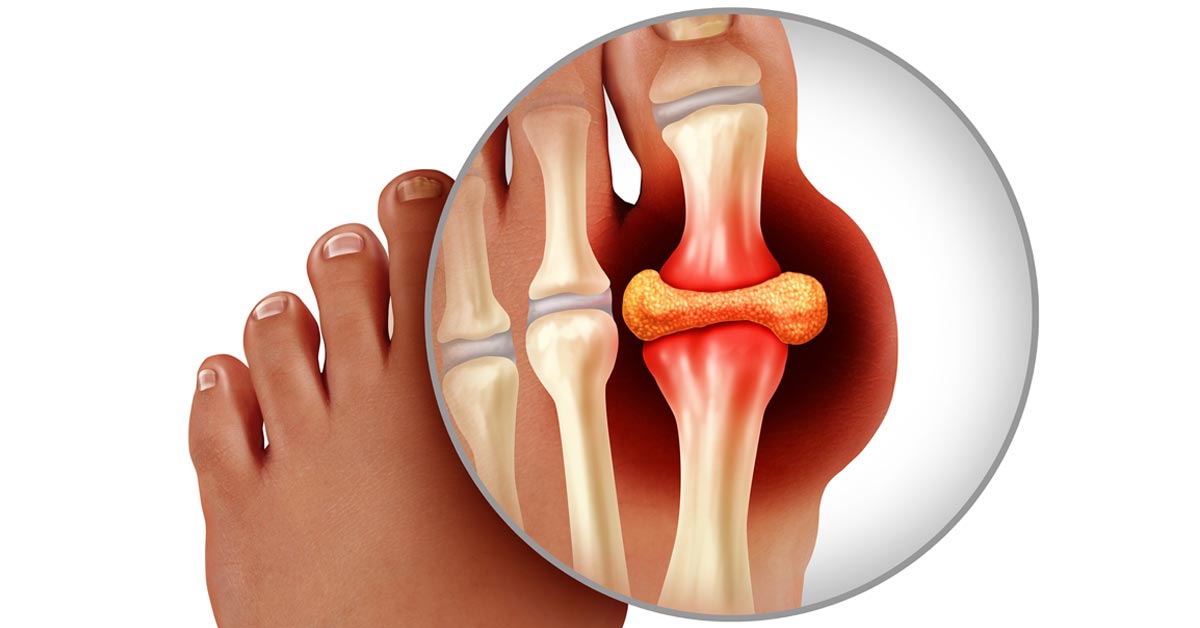Understanding Gout: Causes, Symptoms, and Management
Gout is a form of inflammatory arthritis characterized by sudden, severe attacks of pain, redness, and tenderness in the joints. It most commonly affects the joint at the base of the big toe but can occur in any joint. Gout is a complex condition that results from an excess of uric acid in the blood, leading to the formation of sharp, needle-like crystals in the joints and surrounding tissues.
Causes of Gout
The primary cause of gout is hyperuricemia, a condition where there is too much uric acid in the blood. Uric acid is a waste product formed from the breakdown of purines, which are naturally found in the body and in certain foods. Normally, uric acid dissolves in the blood, passes through the kidneys, and is excreted in urine. However, when the body produces too much uric acid or the kidneys excrete too little, it can build up and form crystals.
Several factors may contribute to hyperuricemia and increase the risk of developing gout, including:
- Diet: Consuming foods high in purines, such as red meat, shellfish, and sugary beverages, can elevate uric acid levels.
- Alcohol Consumption: Beer and spirits can increase uric acid production.
- Obesity: Excess body weight increases uric acid production and decreases the body’s ability to eliminate it.
- Medical Conditions: Conditions like hypertension, diabetes, and kidney disease can increase the risk of gout.
- Medications: Certain diuretics and medications used to manage high blood pressure can raise uric acid levels.
- Genetics: A family history of gout increases the likelihood of developing the condition.
Symptoms of Gout
Gout symptoms can occur suddenly and often at night. The primary symptoms include:
- Intense Joint Pain: Typically affects the big toe, but can also occur in ankles, knees, elbows, wrists, and fingers.
- Inflammation and Redness: The affected joint becomes swollen, tender, and warm to the touch.
- Limited Range of Motion: As gout progresses, it can limit joint movement.
- Lingering Discomfort: After the initial intense pain subsides, discomfort may last from a few days to a few weeks.
Diagnosing Gout
Diagnosing gout involves a combination of medical history evaluation, physical examination, and tests such as:
- Joint Fluid Test: Doctors may extract fluid from the affected joint to look for urate crystals.
- Blood Test: To measure uric acid levels, although they can be misleading as some people with high levels do not develop gout.
- X-ray Imaging: To rule out other causes of joint inflammation.
- Ultrasound: To detect urate crystals in joints.
Managing and Preventing Gout
While there is no cure for gout, it can be effectively managed with medications and lifestyle changes:
- Medications: Nonsteroidal anti-inflammatory drugs (NSAIDs), corticosteroids, and colchicine can help relieve pain and inflammation during gout attacks. Long-term medications such as allopurinol and febuxostat can reduce uric acid levels.
- Dietary Changes: Reducing purine-rich foods, avoiding alcohol, and maintaining adequate hydration can help manage uric acid levels.
- Weight Management: Losing weight can decrease uric acid levels and reduce pressure on joints.
- Regular Exercise: Regular physical activity can help maintain a healthy weight and reduce the risk of flare-ups.
Conclusion
Gout is a painful and potentially debilitating condition that affects many individuals worldwide. Understanding its causes, symptoms, and management strategies is crucial for those affected. By making informed lifestyle choices and working closely with healthcare providers, individuals with gout can lead active, productive lives while minimizing the risk of future attacks.


